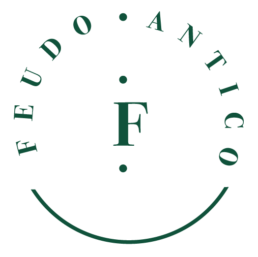Conservation
We gave life to Feudo Antico on a precise plot of land in the heart of Abruzzo. During the first replanting of Pecorino, the remains of an ancient Roman building were brought to light, including an ancient cistern and amphora for the storage of wine. The excavations continued, and our project to revitalise the area adapted to this discovery and drew new strength and awareness from it.
7 years for achieving heritage protection
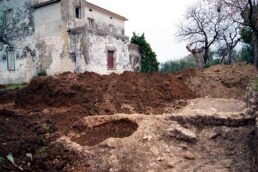
2013
During the preparation of the soil for the first replanting of Pecorino, some ruins came to light. Following an initial testing campaign, archaeological excavation began. The identified complex was that of an important farm, or villa rustica, from the Roman imperial period, whose structure was embedded in the sloping hillside.

2016
The planning process began, in compliance with the Abruzzo Archaeological Superintendence's guidelines for safeguarding the findings, and with Feudo Antico’s desire to guarantee their conservation through the construction of a museum that would also function as the company headquarter.
2019
The tests continue and the findings multiply, making it clear that the area of interest is gradually being extended. The project aimed at re-evaluating the site begins; at the same time, the construction of the headquarter-museum also starts.
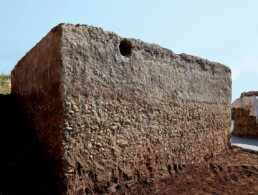
2020
At the same time, the restoration and conservation activities of the archaeological finds and the building works of the site proceed, which are adapting to the discoveries that follow one another.
2021
The unearthing of a rich mosaic floor and of fragments of red plaster partially shatter the idea that the Roman villa of San Pietro a Tollo was a place exclusively dedicated to agricultural production.
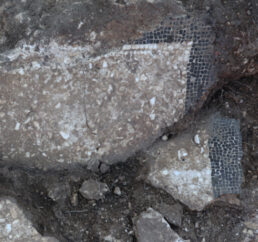
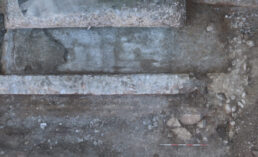
A large area behind the vineyards has yet to be excavated, and its undergrounds could certainly reveal interesting surprises!
2013

During the preparation of the soil for the first replanting of Pecorino, some ruins came to light. Following an initial testing campaign, archaeological excavation began. The identified complex was that of an important farm, or villa rustica, from the Roman imperial period, whose structure was embedded in the sloping hillside.
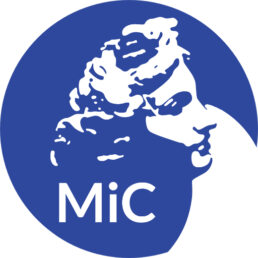
2016
The planning process began, in compliance with the Abruzzo Archaeological Superintendence's guidelines for safeguarding the findings, and with Feudo Antico’s desire to guarantee their conservation through the construction of a museum that would also function as the company headquarter.
2019
The tests continue and the findings multiply, making it clear that the area of interest is gradually being extended. The project aimed at re-evaluating the site begins; at the same time, the construction of the headquarter-museum also starts.
2020
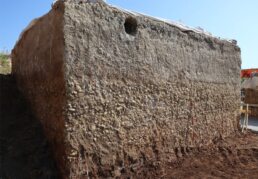
The restoration and conservation of archaeological findings and the construction of the building proceed apace, with the latter being constantly adapted to the findings. The results of the tests led to the necessary redefinition of the initial project, in order to integrate the new construction with the old one, so that the latter would be preserved and enhanced, and to reconcile the needs of the showroom/offices with those of the museum type arising from the restoration of the findings.
2021


The unearthing of a rich mosaic floor and of fragments of red plaster partially shatter the idea that the Roman villa of San Pietro a Tollo was a place exclusively dedicated to agricultural production.
